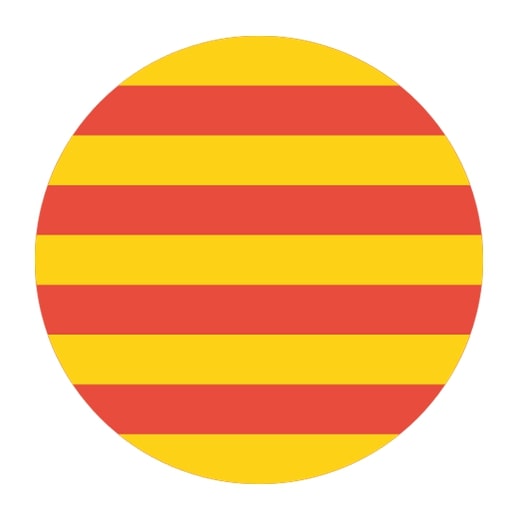Catalan Grammar
Dive into the world of Catalan grammar and discover the unique structure of this vibrant Romance language. Mastering the basics will help you communicate more effectively and connect with Catalan culture on a deeper level. Start learning Catalan grammar today and take your first step toward fluency!
Get started
The most efficient way to learn a language
Try Talkpal for freeCatalan Grammar: A Quick Guide for Language Enthusiasts
Are you planning to learn Catalan or just curious about this beautiful Romance language? Look no further! We’re here to take you on a quick tour of Catalan grammar and equip you with the basics. Let’s dive into this charming language and explore how it works on a grammatical level.
Catalan, spoken by around 10 million people predominantly in Catalonia, Valencia, and the Balearic Islands, has a unique blend of influences from Latin, Spanish, and French. Just like you and me, languages further enrich themselves by borrowing different nuances from each other over time. How exciting!
Now, let’s learn some basic aspects of Catalan grammar:
1. Nouns and Gender:
Sing it with me – ‘Every noun has got the power!’ Just like in other Romance languages, Catalan nouns are either masculine or feminine, and this ‘gender’ affects how they’re used with articles and adjectives. Don’t worry, though! Most of the time, nouns that end with ‘-a’ are feminine, while those ending in ‘-o’ (or other consonants) are masculine. However, be mindful of exceptions – they love to sneak up on you!
2. Articles:
Life would be dull without articles, wouldn’t it? When it comes to Catalan, we have definite articles to point out specific things or people (such as “the dog” or “the book”) and indefinite articles for general references (like “a dog” or “a book”).
Definite articles in Catalan are “el” for masculine singular nouns, “la” for feminine singular nouns, “els” for masculine plural nouns, and “les” for feminine plural nouns. Indefinite articles, on the other hand, are “un” for masculine singular nouns and “una” for feminine singular nouns. In the plural form, there are no specific indefinite articles. Easy-peasy, right?
3. Adjectives:
Adjectives add flavor to your sentences by describing nouns, and in Catalan, they agree in gender and number with the nouns they modify. In most cases, adjectives that end with “-o” are masculine, and those ending in “-a” are feminine. To form the plural, change “-o” to “-os” (masculine) and “-a” to “-es” (feminine). Keep in mind that some adjectives have a unique form for both genders and only the plural marker changes. Sounds fun, right?
4. Verbs and Conjugation:
The heart of every language! Verbs in Catalan are classified into three groups based on their infinitive endings: “-ar,” “-er,” and “-ir.” Each group has its distinct conjugation pattern for different tenses, moods, and pronouns—just like dancing to different rhythms. Catalan also has auxiliary verbs (like ‘to have’ and ‘to be’) that combine with other verbs to create compound tenses and passive voice. So, put on your dancing shoes and start exploring the lively world of Catalan verbs.
5. Word Order:
Let’s place those words in the right sequence! Catalan typically follows a subject-verb-object (SVO) word order, just like English. However, flexibility in word order is allowed for emphasis or stylistic purposes. Adjectives usually come after the noun they describe, but you might see them before the noun to stress their importance. Remember, practice makes perfect when it comes to mastering word order in Catalan.
6. Pronouns and Prepositions:
Last but not least! Catalan has subject pronouns (I, you, he, she, etc.) and object pronouns (me, you, him, her, etc.), which can undergo different changes depending on their function within a sentence. Additionally, Catalan prepositions (such as “a,” “de,” “en,” “amb”) help you connect words and phrases and show relationships between them.
Whew! Now you’ve got the basics of Catalan grammar under your belt. Keep exploring, asking questions, and practicing this lovely language. Remember, learning a new language is like embarking on an exciting journey. You’ll have your ups and downs, but the rewards are worth the effort. Bon viatge!








